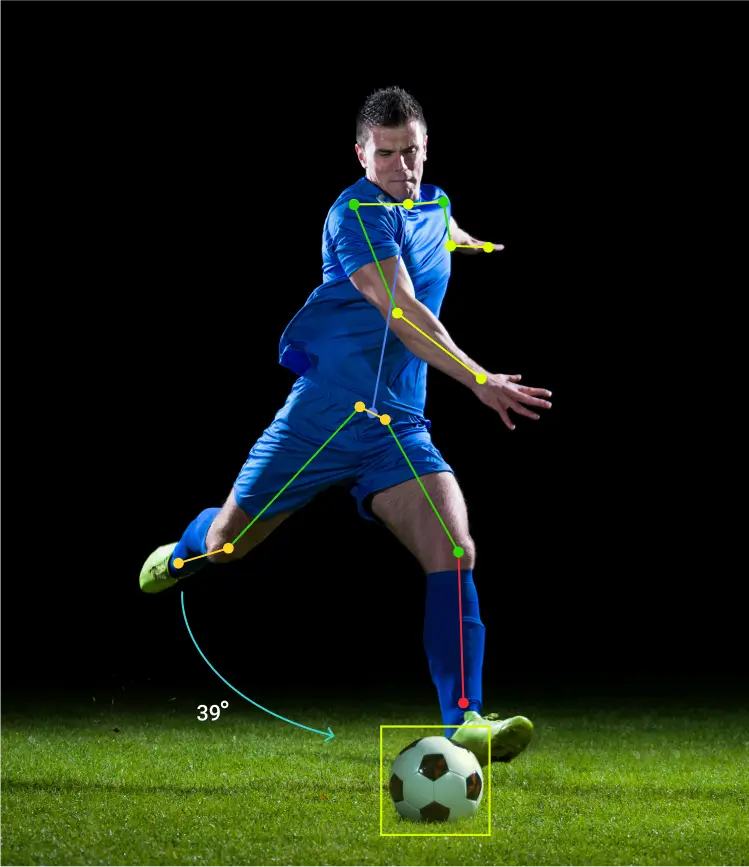- Prebuilt Models
- AI Transcription Software
- Vehicle Counting Software
- Face Recognition Software
- Person Detection Solution
- Food Detection Solutions
- Apparel Detection Solution
- Ethnicity Detection Solution
- Animal Detection Solution
- AI Object Detection Solutions
- License Plate Recognition
- Logo Recognition Software
- Face Blur AI
- Human Activity Recognition
- Aircraft Turnaround Control
- PPE Detection solution
- AI Emotion Detection
- AI Workplace Safety
- Solutions
-
-
- Computer Vision
- AI Visual Inspection Solution
- AI Object Detection Solutions
- AI Fashion Tagging
- Cattle Breed App
- Visual Search Solution
- Cattle Gender/ Pose Detection
- AI Image Processing Service
- Image Segmentation
- Image Analysis Software
- Building Access Control
- Object Tracking Services
- OCR Service for Business
- Object Blur With AI
- AI Smart Parking Solution
- Computer Vision
-
-
- Platforms
- Industries
-
- Company
- Book A Demo
- Free Consultation




